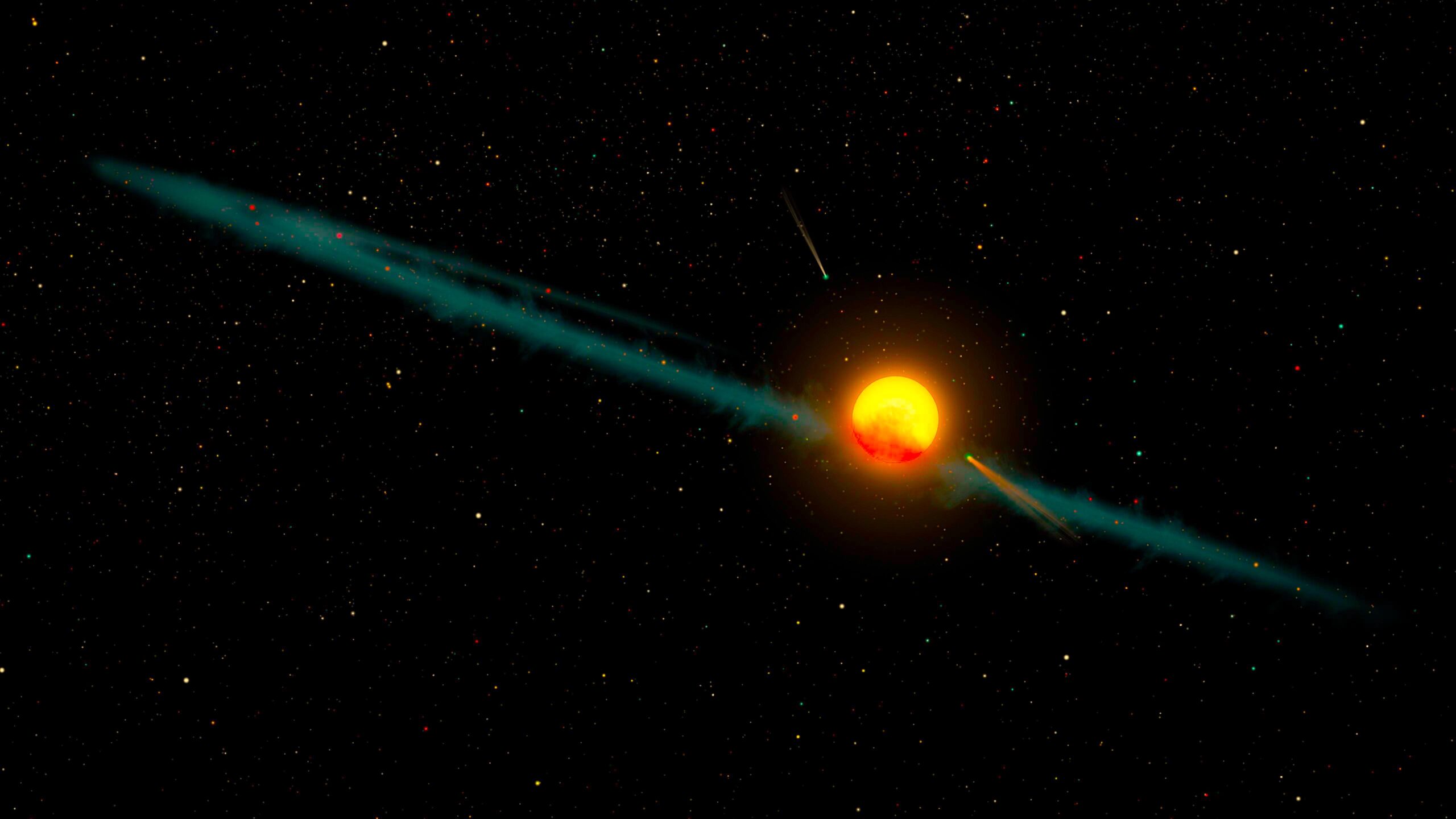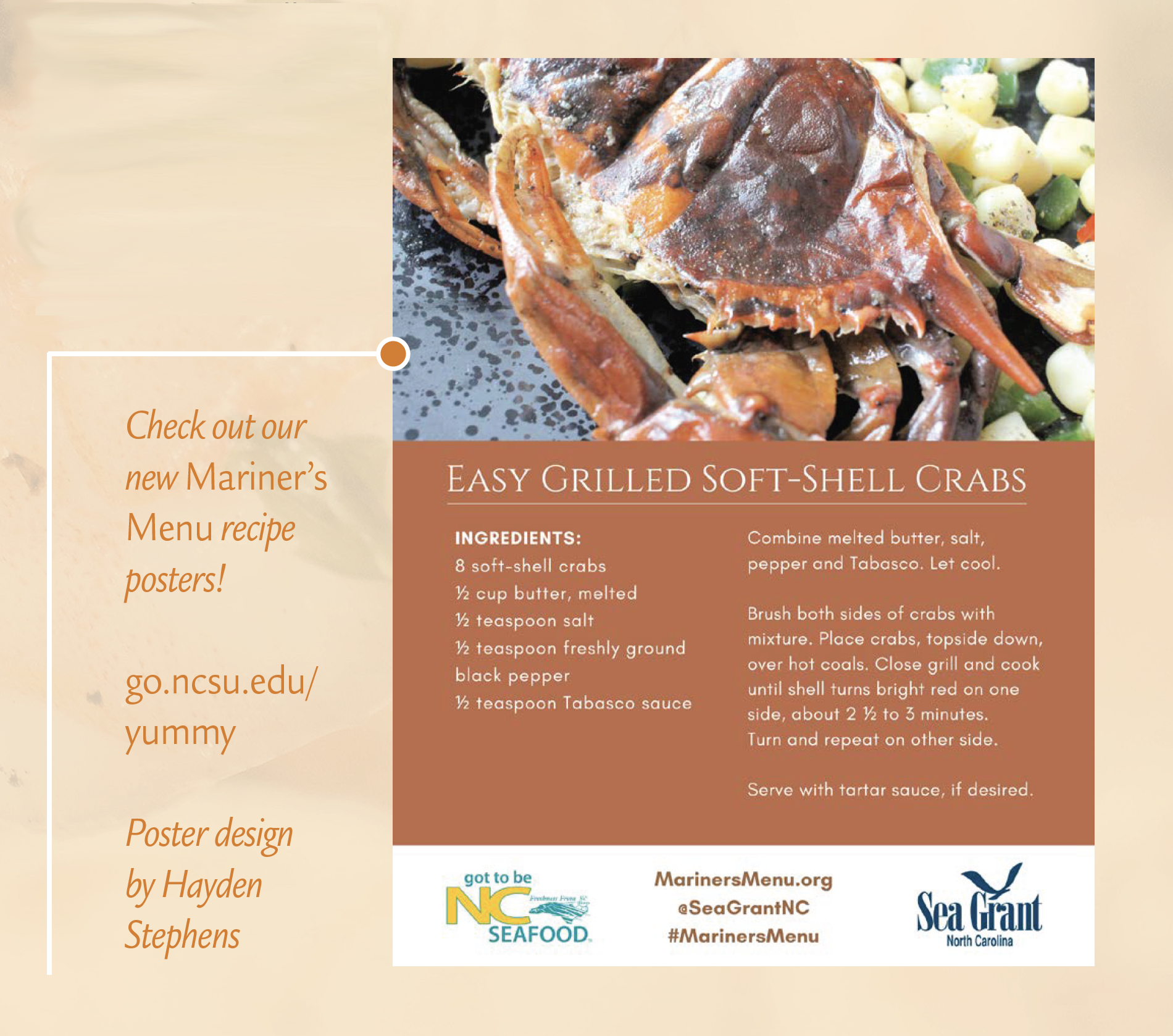Tell Your Story
By DIANA HACKENBURG
Posted May 3, 2016
Science writer and videographer Mary Lide Parker conveyed a simple lesson to her audience: It’s good to be concise.
Accordingly, a key message shared over and over again at North Carolina Sea Grant’s first graduate training symposium: Science isn’t done until it’s communicated.
@DrHolly on #scicomm: consider Triangle — give 3 points in #elevatorspeech @SeaGrantNC #NCSGGradComm pic.twitter.com/lebJHxR1Qt
— Katie Mosher (@ncsg_katiem) April 6, 2016
Sixty masters and doctoral students from across the state gathered on New Bern’s waterfront to absorb this fact and test the waters of science communications. For two days in April, they listened to experts, engaged in thoughtful discussions and practiced the skills necessary to excel in their future careers.
Holly Menninger, director of public science for the College of Sciences at NC State University, opened the event by giving a framework for developing an elevator speech. When talking about their research, Menninger asked students to think of a triangle: The main message in the middle is supported on three sides by the talking points most persuasive to that target audience.
Students then dove right into telling their stories with a poster contest and networking session. Their menagerie of topics — from Vibrio to Cuban reefs to Adélie penguins — offered a colorful backdrop to riveting conversations among the contest judges and students, and student to student.
The contest judges were challenged to select winners based not only on the posters’ content but also on the students’ oral presentations and ability to communicate the relevance of their research. Winners were:
#NCSGGradComm poster contest winner Renee Pelletier @UNCWilmington w/John Fear. Great poster session everyone! pic.twitter.com/TVxg8KiROM
— NC Sea Grant (@SeaGrantNC) April 7, 2016
- First place: Renee Pelletier, University of North Carolina Wilmington, Spatial assessment of Cuban coral reef mortality in response to changing U.S.-Cuban relations.
- Second place (tie): Tyler Carrier, UNC-Charlotte, Resistance of echinoid larvae to starvation and harmful algae: May larval evolution be shaped by phytoplankton dynamics?
- Second place (tie): Cecilia Krahforst, East Carolina University, Toadfish (Opsanus tau) developing under vessel noise have a reduced response to vibration.
- Third place: Lee Parton, NC State University, Measuring the impact of greenway infrastructure: How are environmental amenities valued across heterogeneous populations?
- Honorable Mention: Alex Hounshell, UNC-Chapel Hill, Using fluorescence to track organic matter cycling in the Neuse River Estuary, North Carolina, using nutrient addition bioassays
Participants were able to explore the town and catch some rest before returning bright and early for the second day of the workshop. Judging by his expansive body of work, one may not be too far off in assuming the morning’s keynote speaker, Art Howard, often shuns his nightly rest.
An award-winning multimedia producer, Howard travels the world to tell stories that cross boundaries and broaden our awareness of this vast world. His laid-back presentation style allowed the compelling videos he played to tell the bigger story: What we see depends mainly on what we look for — and as scientists, we need to share what we are looking for so people can see it.
As photographer and producer aboard the Okeanos Explorer 2016 Hohonu Moana expedition, Art Howard caught this encounter between the remotely operated Deep Discoverer and a new species of octopus.
In the afternoon, students delved further into the topics of social media, extension and outreach, grants and interviewing. Sessions flowed more like conversations than lectures as participants posed thoughtful questions to the presenters and participated in hands-on activities.
Hot seat time. Learning interview skills at #NCSGGradComm pic.twitter.com/2Y96rE4bNf
— UNC IMS (@UNCims) April 7, 2016
Here are just a few of the tips and tricks students gathered from the speakers:
- Be aware of jargon.
- Build your own website and use good photos, including a nice headshot.
- Adjust for your audience, but stay true to yourself.
- Always answer: So what?
- Identify outreach opportunities with museums, parks, schools, etc.
- Nervous about job or media interviews? Practice, practice, practice and try using the STAR method to answer questions.
- Every person and every moment are chances to tell your story.
- Think creatively about funding and partners.
- Read and follow all instructions for grant proposals.
- Keep trying until something sticks!
These lessons fit squarely with many of the reasons reported as motivation for attending the symposium, and a post-survey confirmed the student’s satisfaction with the event. Many noted how much they learned over two days, but one respondent went even further to describe it as one of those “paradigm-changing events.”
Echoing the symposium’s principal message, the student also wrote, “at some point, you think that doing the research is what matters most; however, you find out that unless you can communicate it, then it’s not going to see the light.”
For more of the story on Sea Grant’s graduate communications symposium, check out this collection of social media posts from event participants:
- Categories:


